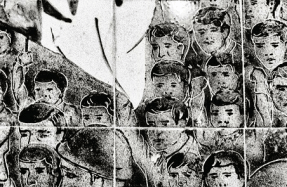
Many years ago, I found myself looking for a magazine from the past in the digital archives of one of India’s leading newspapers, the Times of India. Published as a weekly edition of the newspaper from 1880, it was renamed the Illustrated Weekly of India in 1923 and distributed in India, Pakistan, Burma (now Myanmar), and Ceylon (now Sri Lanka) up to the early 1960s, making the magazine a truly South Asian publication. I was disappointed to see scanned black-and-white pages saved on CD-ROMs. This was not the colorful magazine I remembered from my childhood. A year later, I discovered the Weekly, as it is commonly known, in physical form in another library. As I turned the brittle and yellowed pages, the magazine suddenly sprang to life, reminding me of an entire generation of Indians, including myself, who grew up reading it.
The offered its readers a cosmopolitan view of the nation, and of the world beyond its borders, particularly in the first few decades after India’s independence in 1947. While it was often seen as promoting a staid and predominantly pictorial visual style, in actuality, a wide variety of photographers and photographic styles found space in its pages. Many who started their careers at the took vastly divergent paths, charting out distinct histories of photography. They encompassed not just Pictorialists but also gave space to images by those who never found a place in formal histories of the medium, such as gifted amateurs and family members who photographed domestic life. The passing in recent decades of this generation of photographers has prompted a fresh look at this lost moment of image making in India that has not been sufficiently documented.






